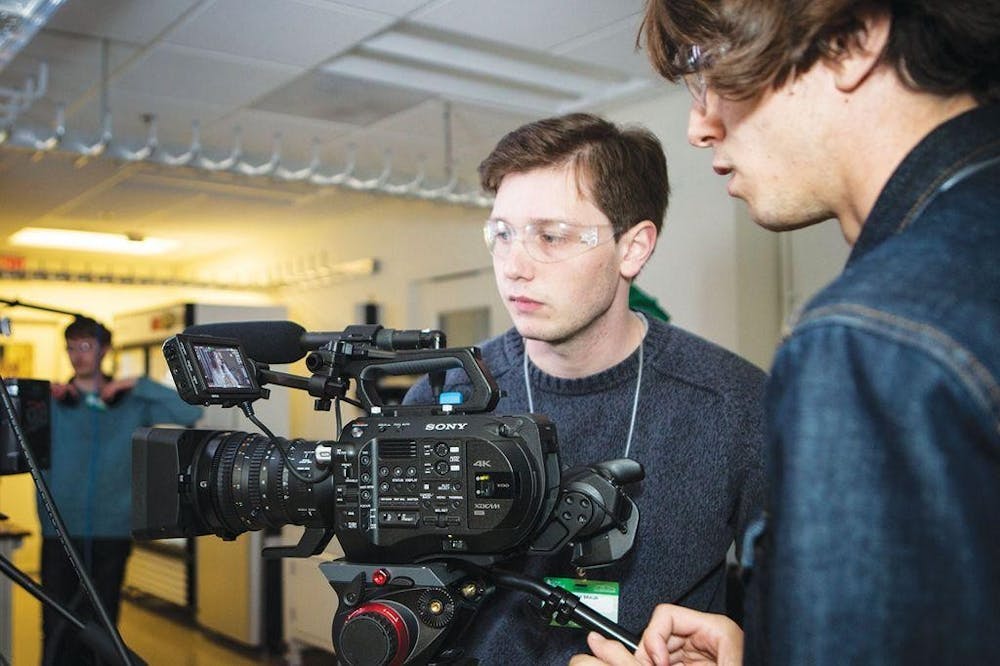There's always that one film major who just directed their most ambitious project yet and can’t wait to show you a student film about an unhappy heterosexual white couple. Or maybe multiple heterosexual white couples. And maybe you’re the friend.
You indulge them, give them kind words about what you just witnessed and consider the life that led you to befriend a film major. Or maybe you’re the film major.
I know I am. The fact remains: Most student films just ain’t gay enough, and there are clear ways to improve.
Student films get a bad rap. It’s often understandable: These are projects being produced by artists in their creative infancy. Whether it’s staccato editing, awkward dialogue or bizarre leaps of logic, most students will be experimenting with their own voice and the fundamentals of production.
With that said, you would hope more projects in a creative medium would be more, well, willing to be creative.
I know firsthand that actors can sometimes be unwilling to portray LGBTQ characters. That limits the pool of potential talent. Then you must coordinate school schedules, work schedules, accreditation and a multitude of other ugly facts of student productions during the school year.I even had one of my own productions straight-washed due to availability of talent.
Take the case of a film like Blue Is the Warmest Color, which faced controversy in 2013 over its graphic portrayal of a lesbian love story. Should a straight man tell a sexually explicit story about two queer women finding love? Should I myself write stories about lesbians while being a bisexual man?
The answer I came to — and this is not generally a popular sentiment — is that anyone can tell any story, and we should encourage it. With one condition: You absolutely must do the research.
In writing my own short stories and reviewing my peers’ work, it seems that student filmmakers do not follow this rule.
You’d think nobody in The Media School has met a transgender person, seeing how their stories are depicted in student work. I have plenty of transgender and nonbinary friends and try to draw from their experiences in my stories whenever it feels appropriate, but representation is sparse regardless of my own social circle.
The problem is that I, and probably many others, are hesitant to ask for input. When we elect not to, we end up perpetuating our own imperfect ideas of how people with different backgrounds from ours live.
That’s my theory about why student media at IU is so overwhelmingly cisgender, anyway. I think the way we grow as artists is to write beyond our subjective experiences, and that absolutely has to start with our characters.
I’ve found branching out into writing LGBTQ stories starts best with simply reading and watching queer fiction made by queer creators. The Gay and Lesbian Alliance Against Defamation, or GLAAD, curates a list of resources on how to find that media and is a great place to start.
Go out, and please, put a queer character or two (or three!) into your short film and see if that rounds out the cast. In your future stories, consider asking whether what you’ve written reflects a genuine queer perspective or just another story from the status quo.
Liam O'Sullivan (he/him) is a senior studying film. He will stop at nothing to write or direct a "Star Wars" film.






